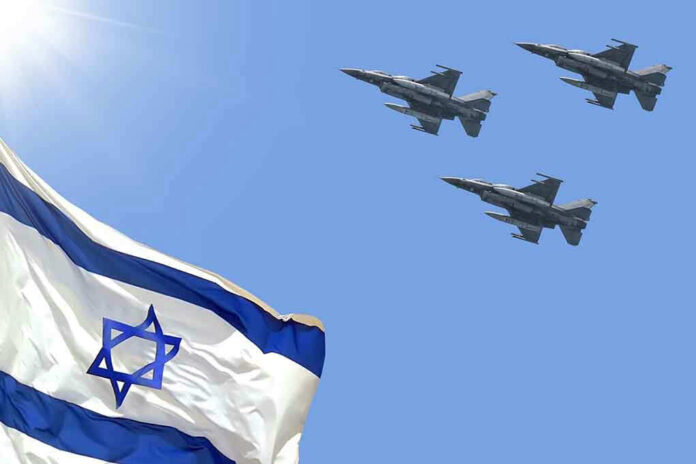
Could a 60-day truce finally bring peace to the battered Gaza Strip, or is it merely another fleeting hope?
At a Glance
- Steve Witkoff, appointed by President Trump, is leading U.S. efforts for a Gaza ceasefire.
- Negotiations focus on a potential 60-day truce, hostage release, and humanitarian aid.
- Qatar plays a crucial role as mediator, hosting talks between Israel and Hamas.
- Despite optimism, the situation remains uncertain and fluid.
The Quest for Peace
Steve Witkoff, the Trump administration’s special envoy, is at the forefront of a critical mission: to broker a 60-day ceasefire between Israel and Hamas. After decades of violence and failed peace attempts, this isn’t just about political maneuvering; it’s about restoring hope to a region ravaged by conflict. Since the escalation in October 2023, triggered by a massive Hamas attack, Gaza has been a war zone, with countless casualties and devastating destruction.
Witkoff’s assignment is clear—secure a truce that includes the release of Israeli hostages in exchange for Palestinian prisoners and the facilitation of humanitarian aid into Gaza. The stakes are monumental, not just for the involved parties but for the countless civilians caught in the crossfire. The Trump administration, back in office since January 2025, has prioritized resolving this conflict, reflecting a no-nonsense approach to international diplomacy.
Diplomatic Chessboard
Qatar has emerged as a pivotal player, mediating indirect talks between Israel and Hamas in its capital, Doha. The Gulf state’s role as a trusted intermediary is indispensable, bridging the gap between adversaries and facilitating communication. While the U.S. State Department, led by spokesperson Tammy Bruce, maintains a cautiously optimistic outlook, the reality on the ground is complex. Israel demands security and the return of hostages, while Hamas seeks political concessions and an end to the blockade.
The Trump administration’s approach is transactional, aiming for tangible results rather than comprehensive peace frameworks. This strategy aligns with conservative values, emphasizing practical solutions over idealistic promises. The administration’s support for Israel remains unwavering, yet it recognizes the necessity of addressing humanitarian concerns in Gaza.
Current Developments
As of July 23, 2025, Witkoff’s travel plans underscore the urgency and fluidity of the situation. Reports indicate his imminent departure for Europe, with potential onward travel to the Middle East if negotiations make headway. His presence in Doha would signal that a deal is near, highlighting the critical juncture these talks have reached. Despite the optimism, the negotiations remain delicate, hinging on careful diplomacy and mutual concessions.
The proposed 60-day ceasefire, a beacon of hope, involves intricate arrangements. Hostage release and prisoner exchange are central to the discussions, alongside the critical need for humanitarian access to Gaza. Yet, the specter of past failures looms large. Previous ceasefires collapsed under the weight of unmet conditions and renewed hostilities, a sobering reminder of the challenges ahead.
Broader Implications
If successful, this ceasefire could offer temporary relief, sparing civilians from further violence and allowing humanitarian aid to flow into Gaza. It could also set a precedent for future negotiations, fostering confidence between the warring parties. However, the risk of collapse remains if underlying issues, such as the blockade and Hamas’s political status, are not addressed.
For the Trump administration, the stakes extend beyond the immediate region. A diplomatic success would bolster U.S. credibility and influence in the Middle East, reaffirming its role as a global power. Conversely, failure could undermine these efforts, leaving the administration’s foreign policy in question. The eyes of the world are on Witkoff and his team as they navigate this complex geopolitical landscape.












